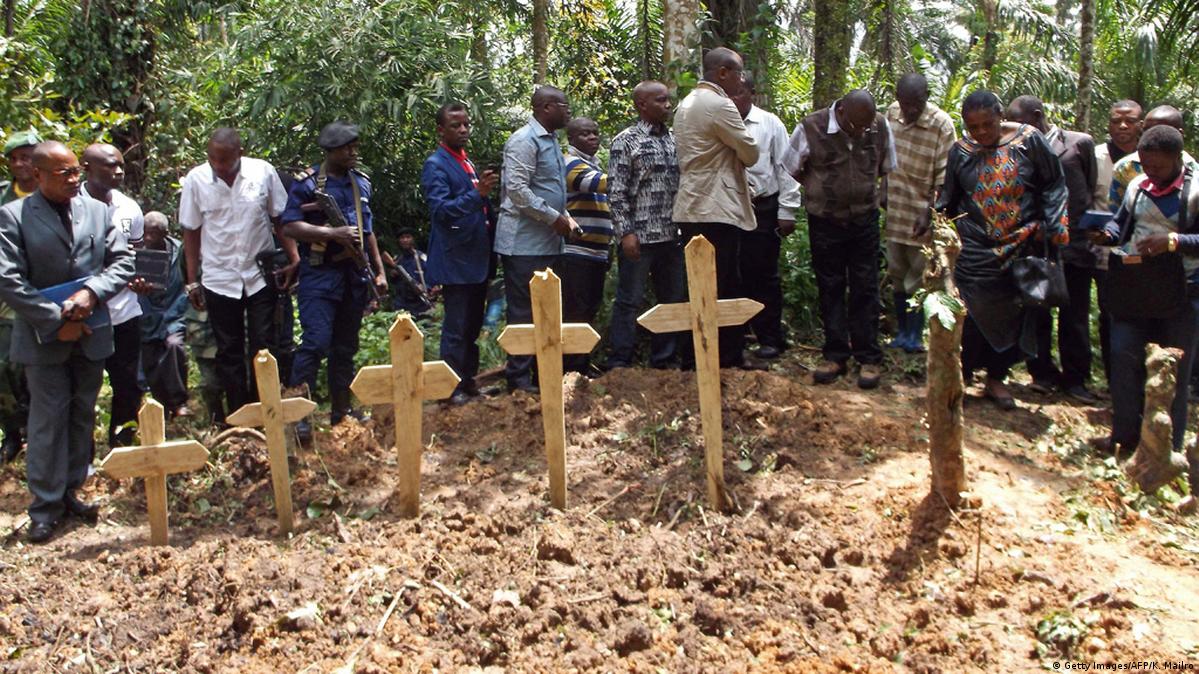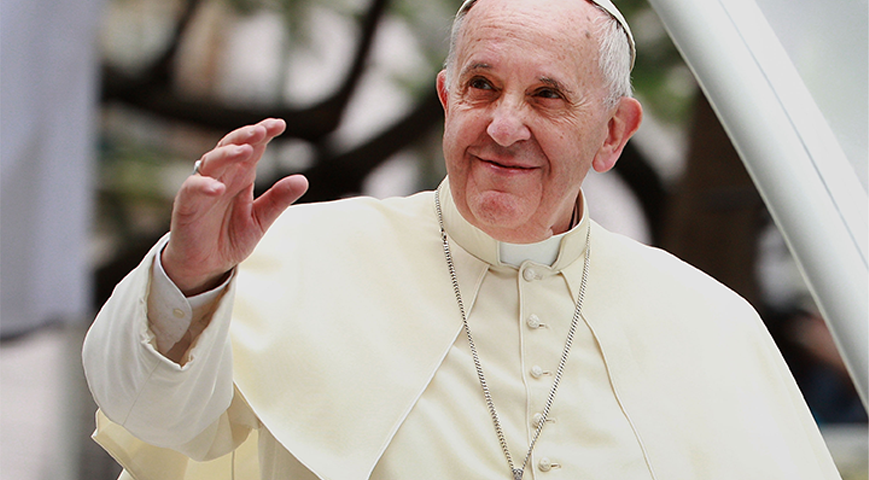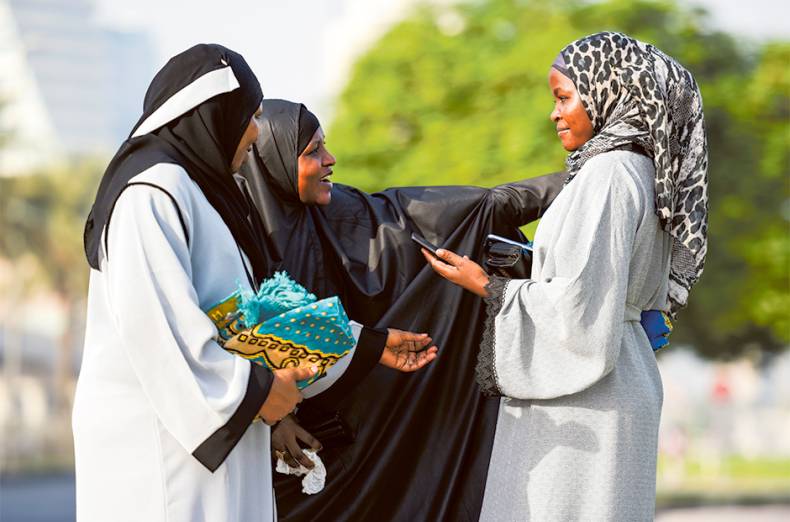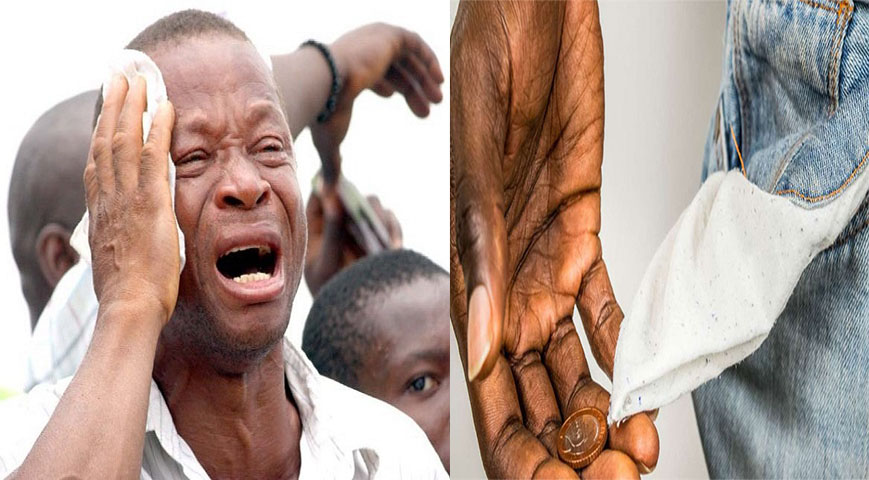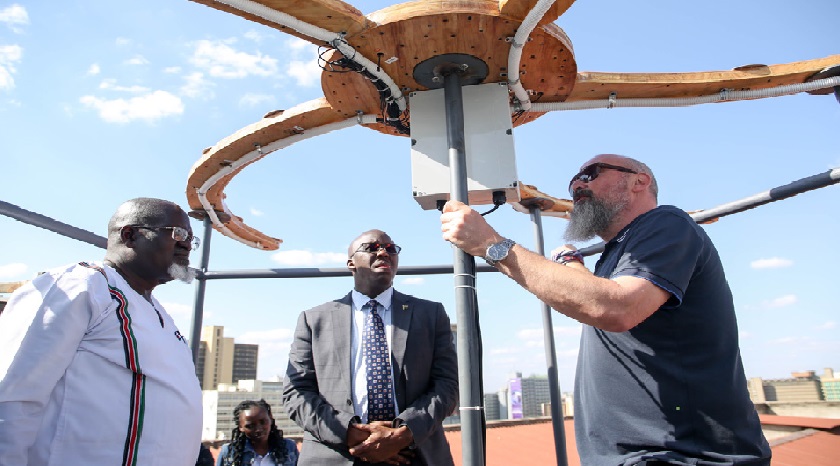On August 23, 2019, the village of Kalowa in the North Kivu province of the Democratic Republic of the Congo (DRC) was the site of the Kalowa Massacre.
The ADF, a militant Islamist group with a long-standing presence in the region, was responsible for the attack.

Did you read this?
The brutality of the assault resulted in the deaths of a minimum of 19 people and the displacement of numerous others. Sadly, this tragedy is just one example of the persistent violence and conflict that has plagued the DRC for many years.
The ADF, a militant Islamist group formed in Uganda in the 1990s in response to the persecution of Muslims by the government, has a history of evolving tactics and extremist goals. Since the late 1990s, the ADF has been active in the DRC, perpetrating a series of violent acts against civilians, including kidnappings and attacks.
The Kalowa Massacre was one of the deadliest ADF attacks in recent years. On August 23 2019, a group of ADF fighters descended on the village of Kalowa at daybreak. The militants arrived on foot and motorcycles, equipped with machetes, knives, and other weapons, and began indiscriminately attacking the villagers, including men, women, and children.
The assault lasted for several hours, during which the ADF fighters pillaged and set fire to homes, a health center, and a school. The attack was incredibly violent, and the villagers were powerless to resist it. The Congolese army only arrived after the assault had ended, and by then, the militants had already escaped the area.
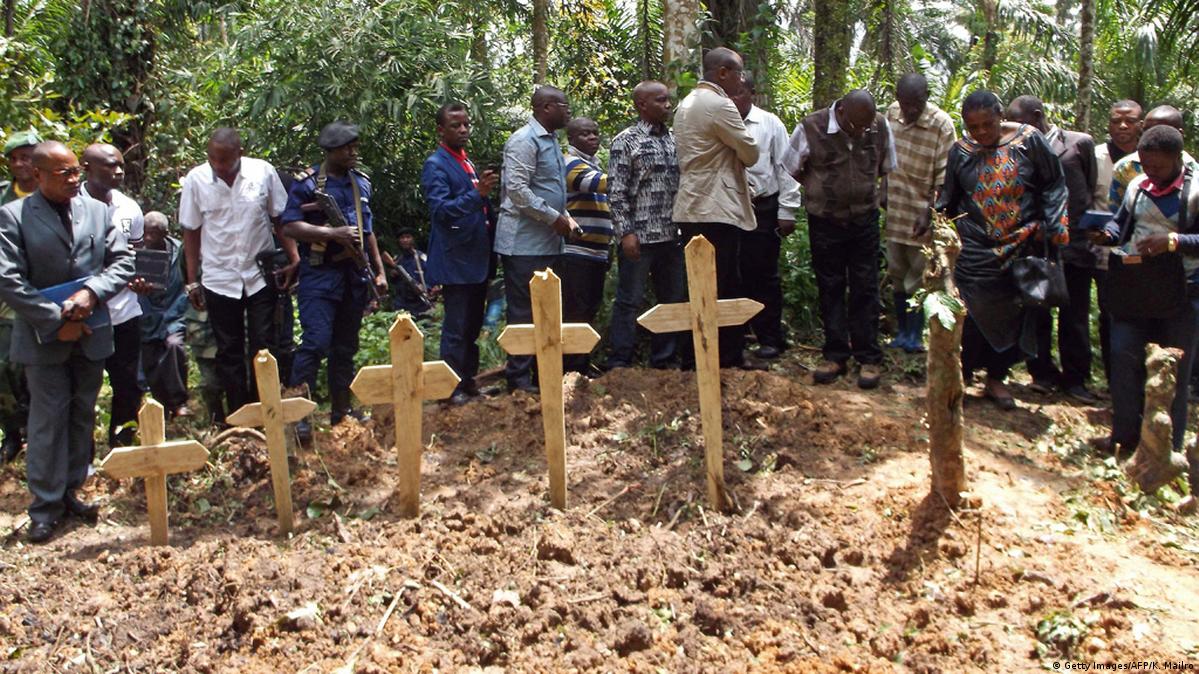
Following the tragedy, the full extent of the damage became apparent. At least 19 individuals, including women and children, lost their lives, while numerous others sustained injuries. Thousands of individuals were also forced to flee their homes, leaving the village of Kalowa in ruins. The survivors were left to deal with the aftermath of the devastating attack and attempt to rebuild their shattered lives.
The Kalowa Massacre was not an isolated event but rather one of many attacks perpetrated by the ADF in the DRC. In the months leading up to the assault, the group had carried out numerous attacks on villages in the area, causing thousands to flee and creating a pervasive sense of fear and panic.
The situation in the DRC is multifaceted, with numerous factors contributing to the ongoing violence and conflict. A primary driver of the conflict is the country's extensive mineral wealth. DRC houses the world's largest deposits of minerals, including cobalt, copper, and coltan. These minerals are vital components in the production of electronics, such as smartphones and laptops.
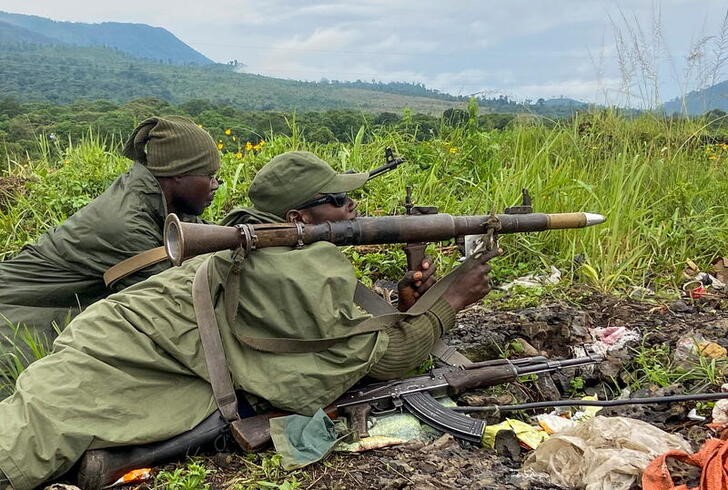
The demand for these minerals has led to a scramble for control of the mines and the surrounding areas. Armed groups, including the ADF, have taken advantage of the chaos and instability to seize control of the mines and extort money from the local population. The ADF has also used the profits from the mineral trade to fund its operations and to purchase weapons and other supplies.
The lack of infrastructure and weak governance in the DRC is another significant contributor to the ongoing conflict. The government has been unable to provide crucial services, including education, healthcare, and security, to its population, rendering many individuals susceptible to exploitation. This has created a conducive environment for armed groups to operate and wreak havoc.
To address the situation, the international community has taken action. The United Nations has deployed peacekeeping forces to the DRC in an effort to quell the violence and stabilize the region.

